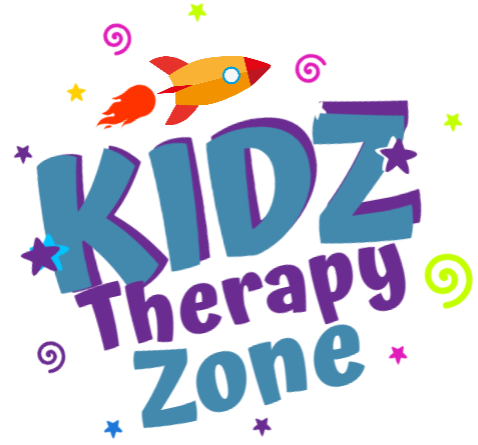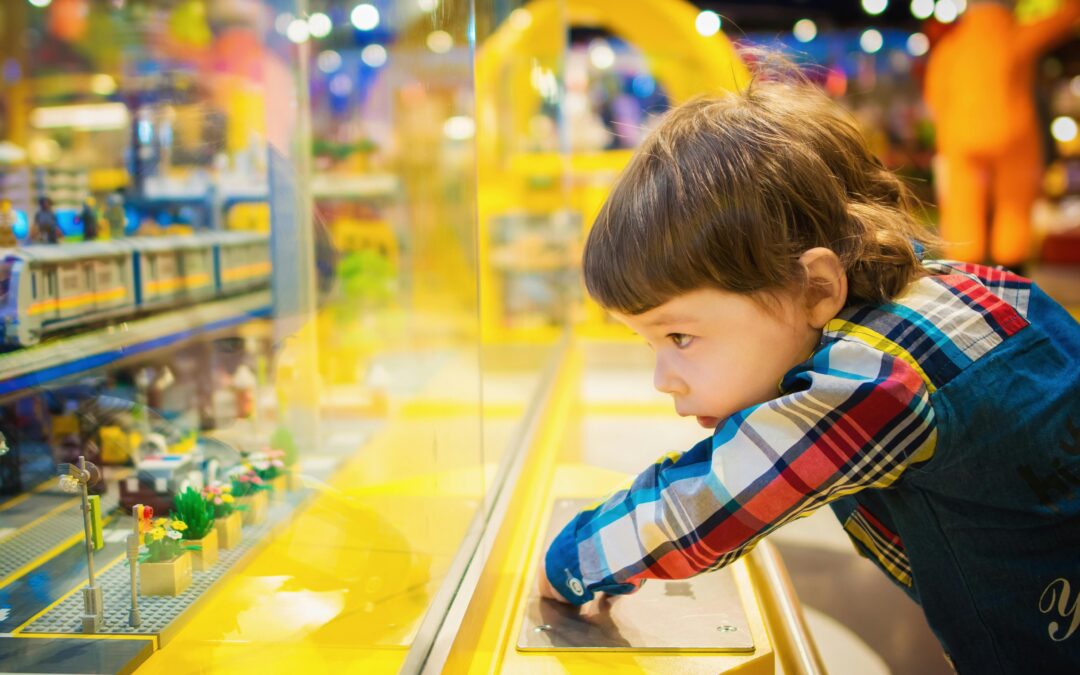Raising a child with special needs often comes with unique challenges, including finding adaptive equipment and toys that support their development and well-being. These specialized items can be expensive, but there are many budget-friendly solutions available. In this blog post, we will explore creative and cost-effective ways to access adaptive equipment and toys that can enhance your child’s learning and play experiences.
Understanding the Importance of Adaptive Equipment and Toys
Adaptive equipment and toys are designed to meet the specific needs of children with disabilities. They can help with mobility, communication, sensory processing, fine motor skills, and more. The right tools can significantly improve your child’s ability to engage in everyday activities, learn new skills, and interact with their environment.
Tips for Finding Budget-Friendly Adaptive Equipment and Toys
- Repurposing Household Items
Many everyday household items can be adapted for therapeutic use:
- Foam Pool Noodles: These can be cut and used as supports, sensory tools, or adapted for various play activities.
- Plastic Containers: Use them for sorting games, storage, or sensory bins filled with rice, beans, or sand.
- Sponges and Clothespins: These can help improve fine motor skills and hand strength through simple, engaging activities.
- DIY Adaptive Equipment and Toys
Creating your own adaptive equipment and toys can be a fun and cost-effective solution:
- Weighted Blankets: Make a DIY weighted blanket using fabric and poly-pellets or rice. These can help with sensory processing and provide a calming effect.
- Homemade Sensory Bottles: Fill clear plastic bottles with water, glitter, beads, or small toys to create visual and tactile sensory bottles.
- Adapted Puzzles and Games: Add larger knobs or handles to puzzle pieces and game pieces to make them easier to grasp and manipulate.
- Online Marketplaces and Swap Groups
Check online marketplaces and swap groups for gently used adaptive equipment and toys:
- Facebook Marketplace: Search for second-hand adaptive equipment and toys at a fraction of the cost.
- Special Needs Swap Groups: Join online communities where parents trade or sell adaptive items their children have outgrown.
- Craigslist and eBay: These platforms often have listings for affordable adaptive equipment and toys.
- Grants and Assistance Programs
There are numerous grants and assistance programs available to help families afford adaptive equipment:
- The United Healthcare Children’s Foundation: Provides grants for medical expenses, including adaptive equipment.
- Variety – The Children’s Charity: Offers funding for adaptive bikes, strollers, and other mobility equipment.
- Lions Clubs International: Many local chapters provide financial assistance for adaptive equipment and therapies.
- Nonprofit Organizations and Charities
Many nonprofit organizations and charities focus on providing adaptive equipment to families in need:
- Friends of Man: Helps with funding for medical and adaptive equipment.
- Kidd’s Kids: Provides adaptive equipment and support to children with special needs.
- The CP Foundation: Offers grants and resources for children with cerebral palsy, including adaptive equipment.
- Community Resources and Local Support
Local community resources can be valuable in finding affordable adaptive equipment:
- Local Libraries: Some libraries have adaptive toys and equipment available for loan.
- Therapy Centers: Ask your child’s therapy center if they have any equipment exchange programs or know of local resources.
- School Districts: Some schools have lending libraries for adaptive equipment that families can borrow.
- Fundraising and Crowdfunding
Consider organizing a fundraiser or starting a crowdfunding campaign to raise money for adaptive equipment:
- GoFundMe: Create a campaign to share your child’s story and raise funds for specific needs.
- Facebook Fundraisers: Use this platform to reach out to friends and family for support.
- Local Community Events: Host bake sales, car washes, or community events to raise money for adaptive equipment.
- Insurance and Medical Plans
Check with your insurance provider to see if adaptive equipment is covered under your plan:
- Medical Necessity: Ensure the equipment is prescribed by a healthcare provider as medically necessary.
- Durable Medical Equipment (DME): Some insurance plans cover DME, which includes adaptive equipment.
Making the Most of What You Have
Sometimes, it’s about maximizing the use of the equipment and toys you already have:
- Adapt Existing Toys: Modify existing toys to meet your child’s needs. For example, adding Velcro straps to handles can make them easier to grip.
- Rotate Toys: Keep your child engaged by rotating their toys regularly, giving them a variety of sensory and motor experiences without buying new items frequently.
- Engage in Creative Play: Encourage imaginative play using simple items like cardboard boxes, blankets, and pillows to create sensory-friendly play environments.
Conclusion
Finding budget-friendly solutions for adaptive equipment and toys is possible with a little creativity and resourcefulness. By repurposing household items, creating DIY adaptations, utilizing online marketplaces, seeking grants and assistance programs, and tapping into local resources, parents can provide their children with the tools they need to thrive without breaking the bank. Remember, the goal is to support your child’s development and make learning and play accessible and enjoyable. With these strategies, you can ensure that your child has the resources they need to reach their full potential.

